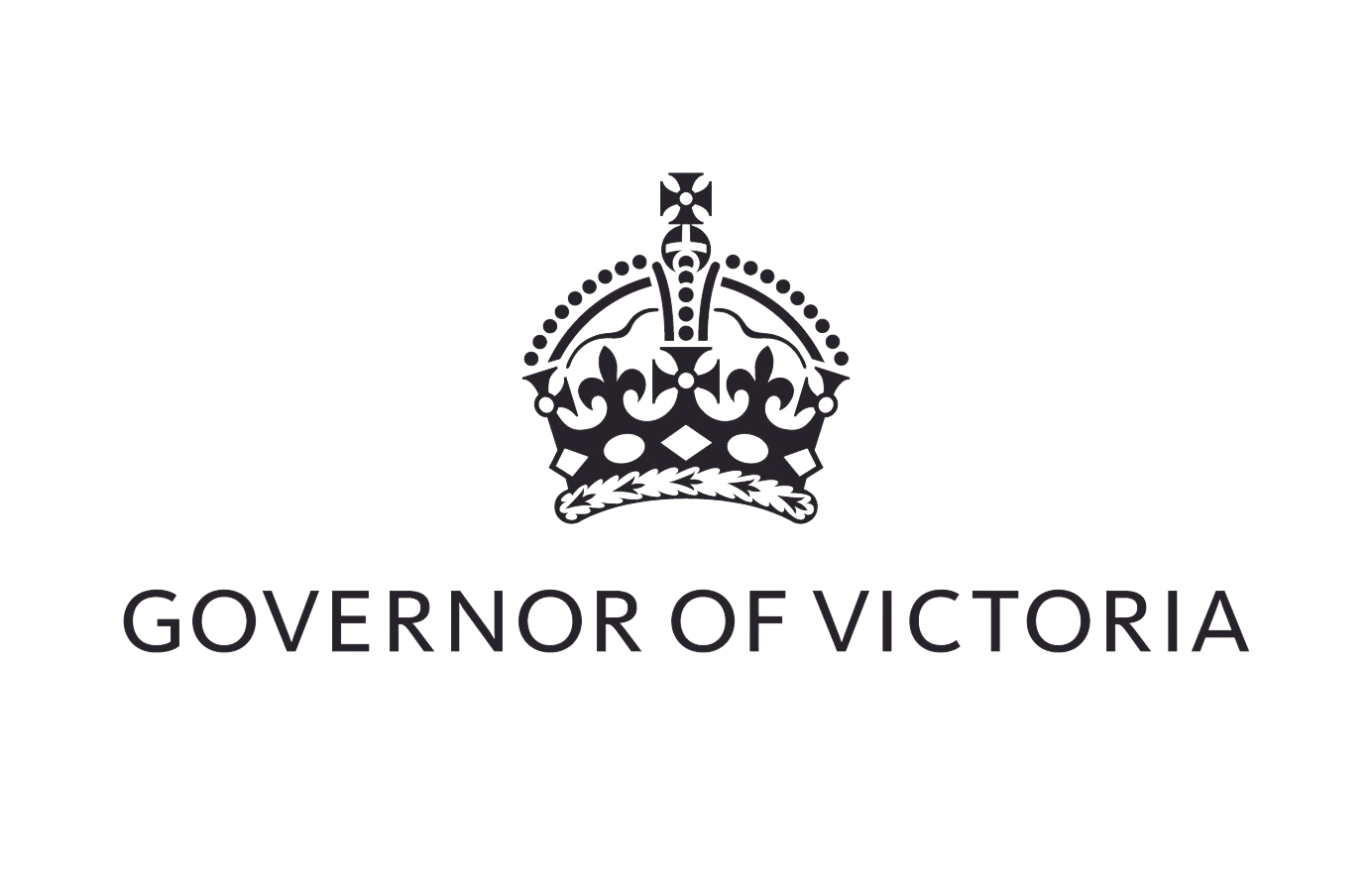
Speech given by the Governor at the Mildura Civic Reception.
I begin by acknowledging the Traditional Owners of the unceded lands on which this building stands, the Latji Latji and Ngintait, and pay my respects to their Elders, past and present.
It’s a pleasure to join you this evening at the Powerhouse Precinct.
This building is beautifully renovated while also retaining a sense of the region’s history.
Originally built as a coal-fired power plant, the precinct now serves as a meeting place for Victorians attending events, exhibitions and retail outlets.
Repurposing this building demonstrates a commitment to conserving the town’s history and carrying it into the future.
This evening’s reception similarly recognises the shared history between Government House and Mildura.
While this is my first-time visiting as Governor of Victoria, this visit is one of many by Victorian Governors.
A 1905 newspaper report describes Governor Talbot’s visit as part of a larger tour of “settlements on the River Murray.”
In 1926, the then Governor, the Earl of Stradbroke, delighted locals by arriving in a biplane that had departed from Echuca early that morning.
I hope you’ll forgive me for arriving to this reception prosaically by car.
Only eight years later, in 1934, Mildura was proclaimed a city by Governor Huntingfield, in the presence of “representative citizens.”
It’s fitting then, that representatives from Government House and Mildura should come together again 90 years after that proclamation.
Of course, Mildura and its community has played an important role in our state’s history more broadly.
Much of the irrigated horticulture here in the region, and across Victoria, was pioneered by two early Mildurans.
The irrigation colonies, built by the Chaffey brothers in 1887, were the first in Australia, mitigating the challenges of droughts and producing a significant harvest.
Since then, Mildura and its influence in Victoria has grown.
Connecting Victoria with South Australia and New South Wales, it plays an important role in transport and warehouse services.
These services connect Victorians and their work with the broader Australian community, allowing for greater two-way trade.
Importantly, Mildura has also remained loyal to its roots, with agriculture, forestry and fishing being the largest sector in terms of its contributions to the economy, and also a sector that continues to innovate and change.
I’m pleased to have had the opportunity to explore some of the achievements, pride, and optimism in these areas today and I look forward to speaking with more of you about your work.
Thank you for hosting us this evening.
